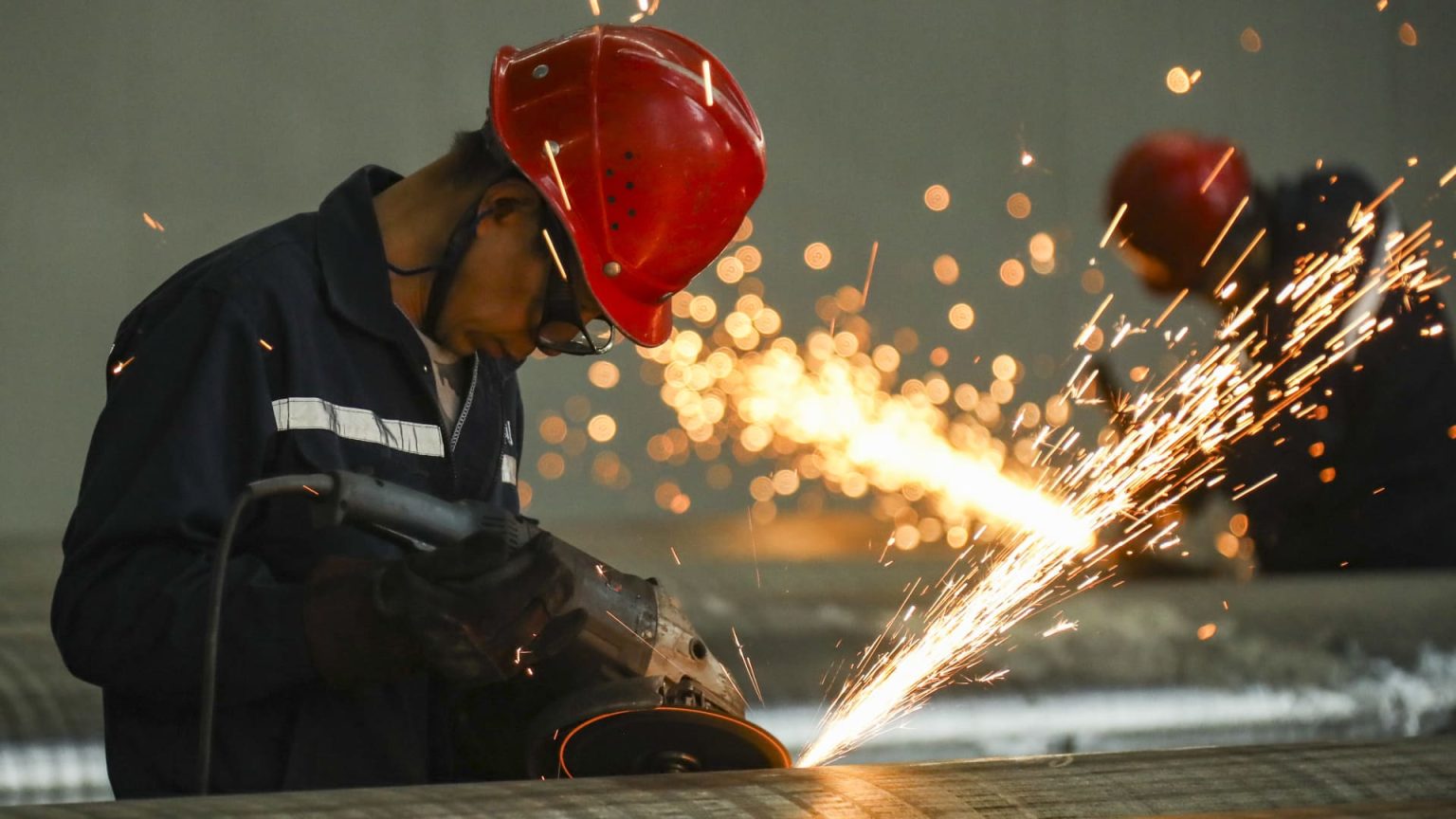The steel industry in China is facing significant challenges due to a slowdown in the country’s property sector, which has led to an excess of steel and iron ore supply. Chinese demand for metals has been disappointing across the board, with steel and iron ore prices dropping as a result. China is the largest producer and consumer of steel in the world, producing over a billion tons per year. The current slump in the industry has been described as a “winter” by the chairman of Baowu Steel, the world’s largest steel producer, signaling a long-term period of adjustment for the industry.
Steel makers in China are facing squeezed margins due to weak demand, with the muted demand expected to continue into 2025. The Chinese property market is a key factor contributing to the industry’s struggles, with no specific measures announced to boost the sector at China’s recent Third Plenum gathering. Excavator sales, which are seen as a leading indicator of construction activity and metals demand, are expected to be down for fiscal year 2024. Steel mill margins in China are at risk of falling to the most negative levels this year, putting additional pressure on iron ore prices.
In an effort to boost exports amid the domestic slowdown, Chinese steel producers have faced dumping charges from several countries. Thailand, India, and Vietnam have all imposed anti-dumping duties on Chinese steel products. The increase in Chinese steel exports has had a significant impact on global steel production prospects, with an increase of 17% expected in 2024. Chile’s largest steel mill recently announced the closure of its operations indefinitely, citing the inability to compete with Chinese steel. ArcelorMittal, the world’s second-largest steel producer, has stated that China’s excess steel production has made market conditions unsustainable.
The oversupply of Chinese steel in export destinations could further impact domestic steel-makers’ stock prices. Five Southeast Asian countries, including Vietnam, Thailand, the Philippines, Indonesia, and Malaysia, absorbed 26% of China’s steel exports in 2023, followed by South Korea at 9%. As China continues to dump excess steel on global markets, it poses a significant threat to the viability of steel industries in other countries. The current state of the steel industry in China reflects the broader challenges facing the global metals sector as it navigates a period of oversupply and weak demand.


